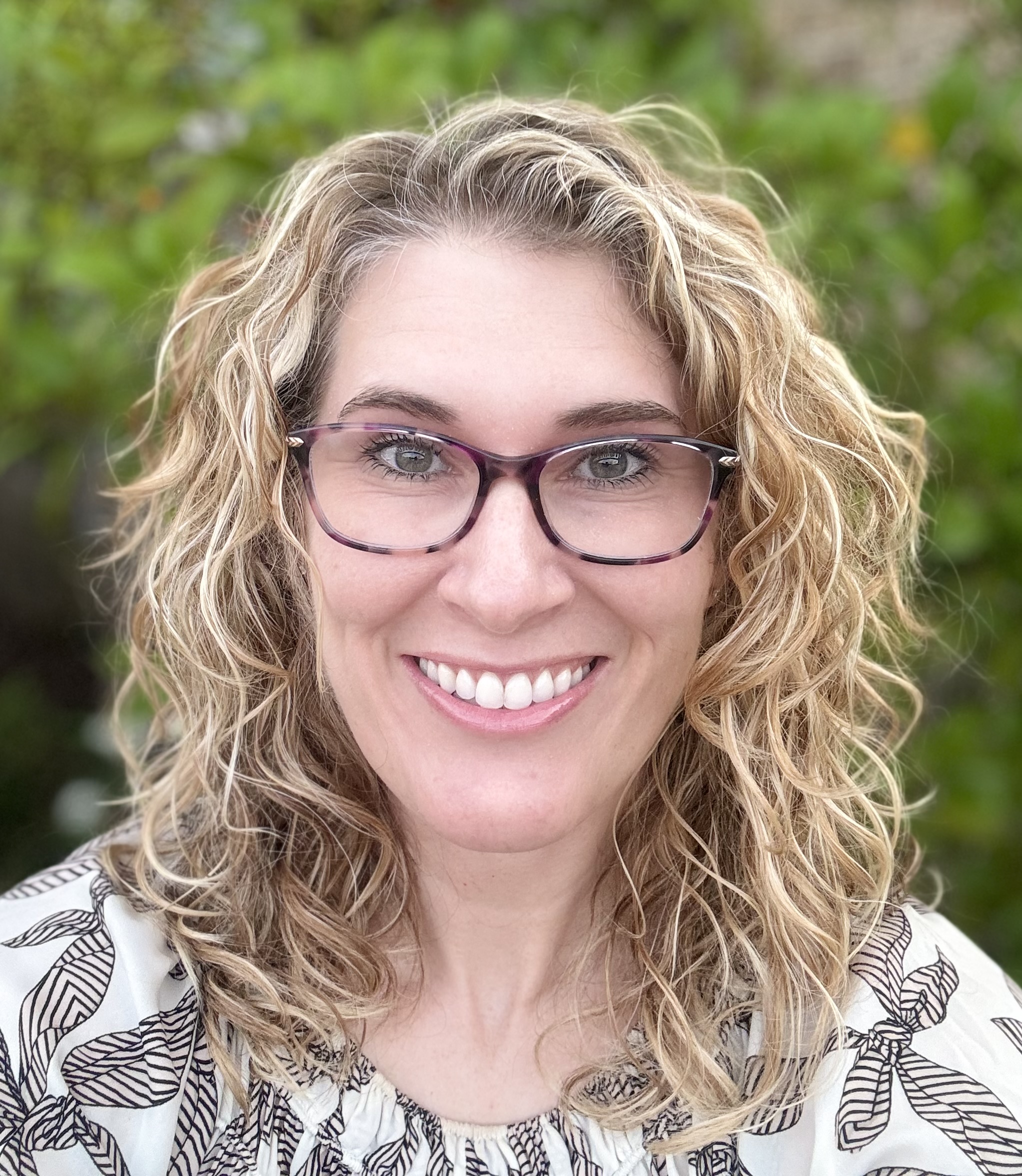
Alicia Hawthorne
Department of Biological Sciences
Senior Lecturer
Department of Biological Sciences
Senior Lecturer
Office: 148 Funchess Hall
Address:
101 Rouse Life Sciences Bldg.
Auburn University, AL 36849
Email: alicia.hawthorne@auburn.edu
Education
Postdoctoral Fellow - Emory University, Cell Biology
2015
Postdoctoral Fellow – The Ohio State University, Neuroscience
2010
Ph.D. – Case Western Reserve University, Neurosciences
2010
B.A. – Ohio Wesleyan University, Neuroscience and Mathematics-Statistics
2003
Research and Teaching Interests
I am a cellular and molecular neuroscientist focused on providing high-impact student learning. My teaching interests include neuroscience, cellular and molecular biology, career development, and study abroad courses focusing on scientific history and development. My scholarship of teaching and learning (SoTL) research aims to develop novel teaching tools, active learning exercises, and other high-impact experiences to improve student learning. My lab research interests include (1) studying combinatorial approaches to improve neuronal regrowth after injury and (2) examining how toxins or additives affect neuronal growth and function.
Selected Publications
- Farnum and A.L. Hawthorne. Synthetic dye yellow no.5 (Tartrazine) short-term exposure lowers Sod1 mRNA expression in mouse neuro2A neurons in vitro. IMPULSE: 20(1) (2023).
- L. Kalinski*, A.N. Kar*, J. Craver, A. Tosolini, J. Sleigh, S.J. Lee, A. Hawthorne, P. Brito-Vargas, S. Miller-Randolph, R. Passino, L. Shi, V.S.C. Wong, C. Picci, D.S. Smith, D.E. Willis, L.A. Havton, G. Schiavo, R.J. Giger, B. Langley, and J.L. Twiss. Deacetylation of Miro1 by HDAC6 blocks mitochondrial transport and mediates axon growth inhibition. J Cell Biology. 218(6):1871-1890. (2019)
- L. Hawthorne, H. Hu, B. Kundu, M.P. Steinmetz, C.J. Wylie, E.S. Deneris, and J. Silver. The Unusual Response of Serotonergic Neurons after CNS Injury: Lack of Axonal Dieback and Enhanced Sprouting within the Inhibitory Environment of the Glial Scar. J Neurosci. 31(15): 5605-16 (2011).
- L. Hawthorne, C.J. Wylie, L.T. Landmesser, E.S. Deneris and J. Silver. Serotonergic neurons migrate radially through the neuroepithelium by dynamin-mediated somal translocation. J Neurosci. 30(2):420-30 (2010).
- A. Busch, K.P. Horn, F.X. Cuascut, A.L. Hawthorne, L. Bai, R. Miller, and J. Silver. Adult NG2+ cells are permissive to neurite outgrowth and stabilize sensory axons during macrophage-induced axonal dieback after spinal cord injury. J Neurosci. 30(1):255-65 (2010).
- P. Horn, S.A. Busch, A.L. Hawthorne, N. van Rooijen and J. Silver. Another Barrier to Regeneration in the CNS: Activated Macrophages Induce Extensive Retraction of Dystrophic Axons through Direct Physical Interactions. J Neurosci. 28(38):9330-9341 (2008).
- M. Massey, J. Amps, M.S. Viapiano, R.T. Matthews, M.R. Wagoner, C.M. Whitaker, W. Alilain, A.L. Yonkof, A. Khalyfa, N.G.F. Cooper, J. Silver and S.M. Onifer. Increased chondroitin sulfate proteoglycan expression in denervated brainstem targets following spinal cord injury creates a barrier to axonal regeneration overcome by chondroitinase ABC and neurotrophin-3. Exp Neurol 209(2):426-445 (2008).
- S. Simske, M. Koppen, P. Sims, J. Hodgkin, A. Yonkof and J. Hardin. The cell junction protein VAB-9 regulates adhesion and epidermal morphology in C. elegans. Nat Cell Biol 5(7):619-625 (2003).
|
Courses |
||||
|
Last updated: 08/24/2024
